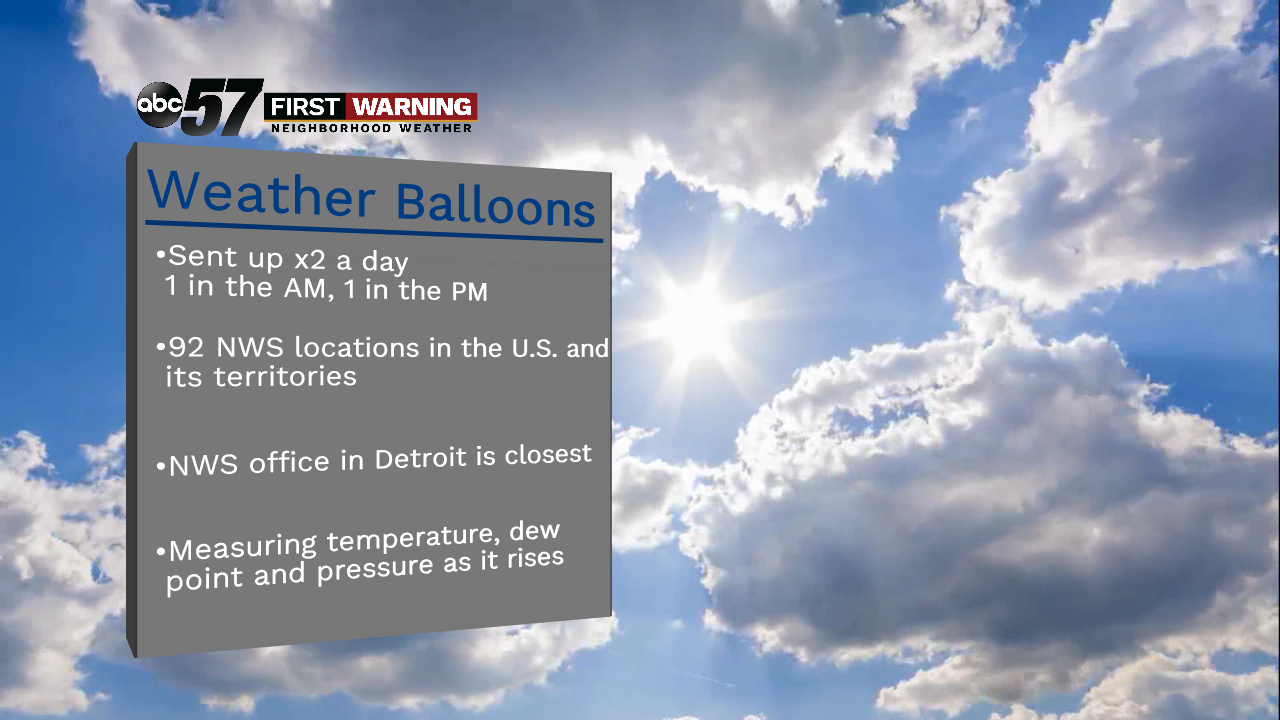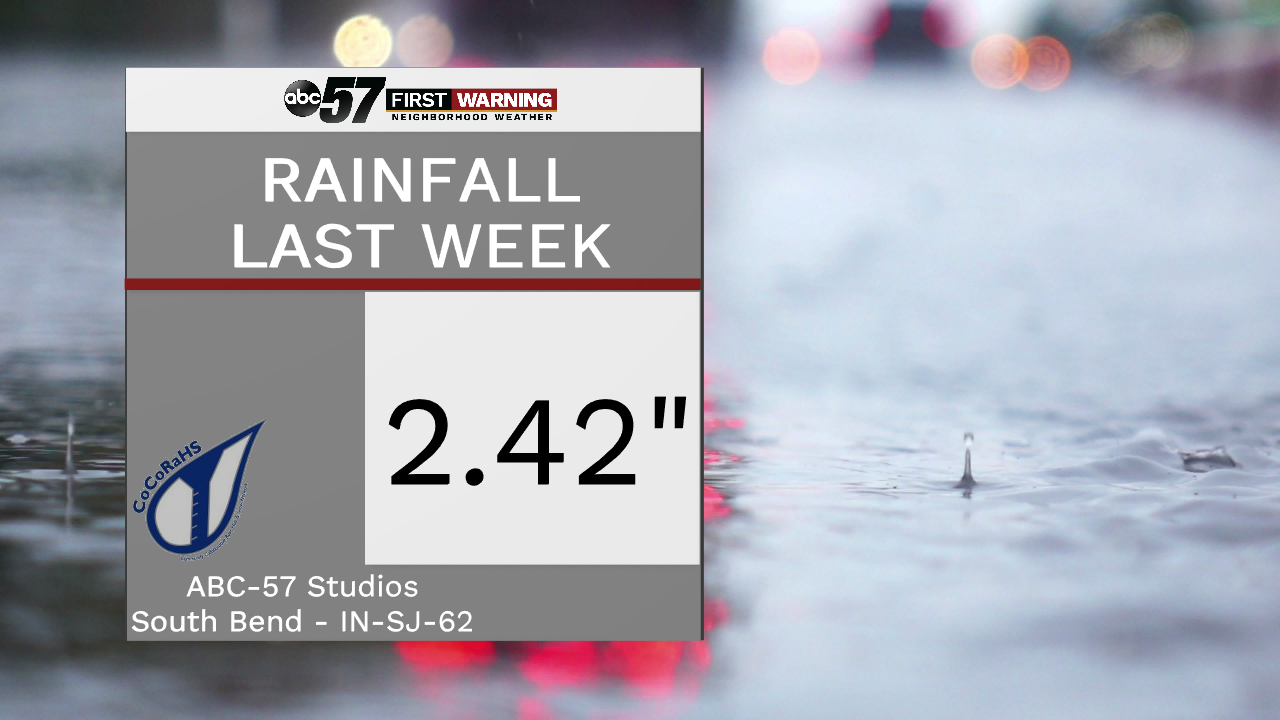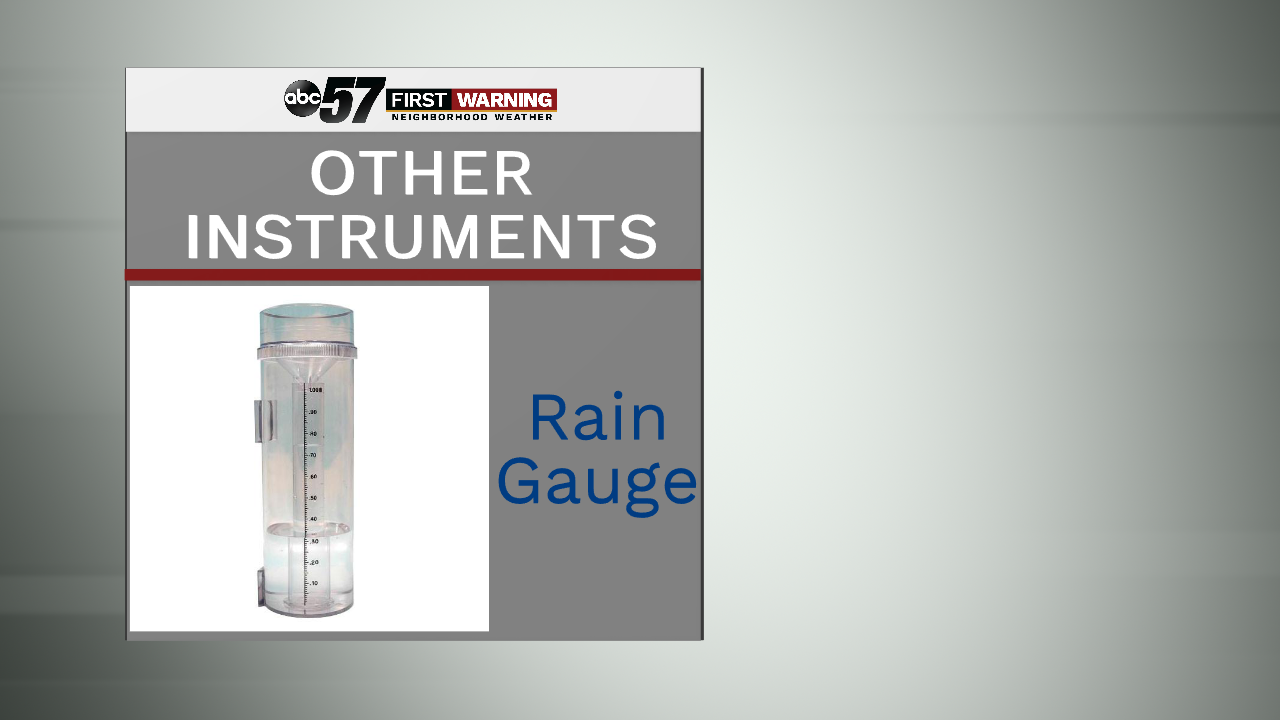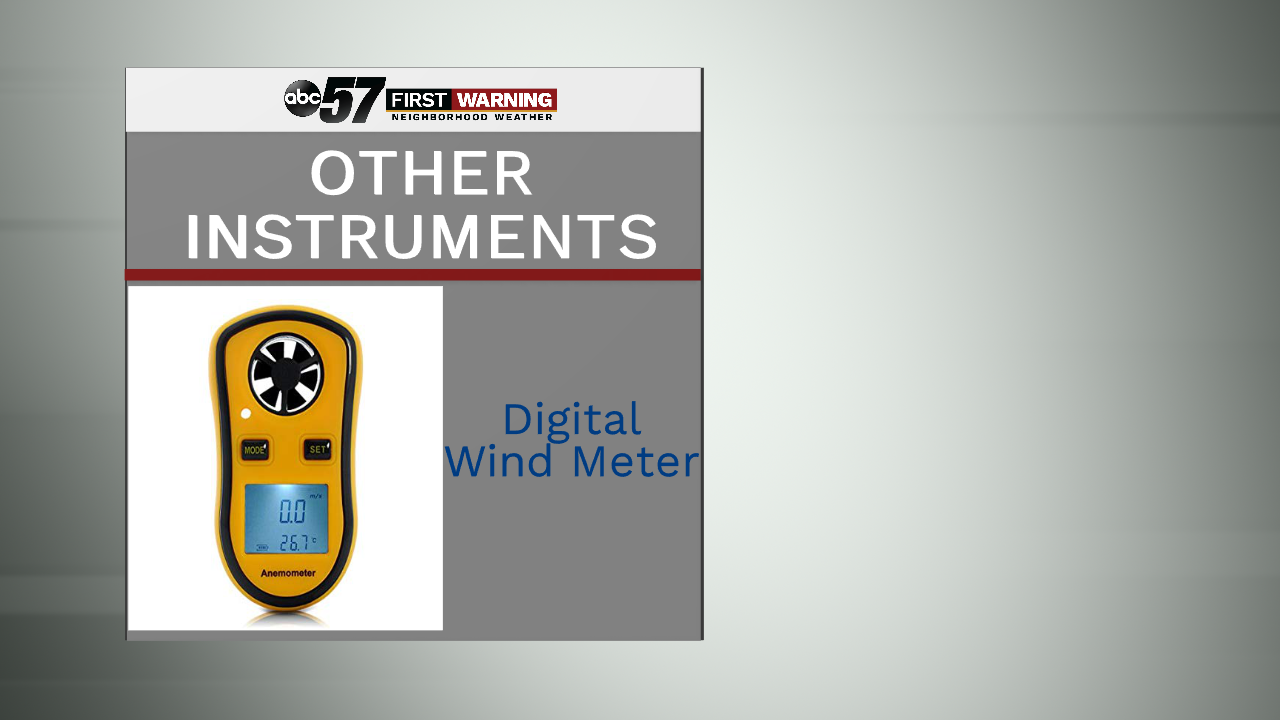Weather instruments prove critical for forecasters
Weather balloons are so important to forecasting and the science of meteorology, so much so that 92 different national weather service offices release two weather balloons a day, one in the morning and one in the afternoon. Attached to the the balloon is a parachute and something called a radiosonde. A radiosonde is a device that measures temperature, dew point, and pressure as it rises through the atmosphere. These launches, especially the morning ones, become incredibly important during severe weather forecasting, because we can easily see how the atmosphere is behaving before a severe weather day. Without them, forecasting beyond only a few hours would be next to impossible.
In fact, a local school last Friday launched their own weather balloon with their own instruments, containing similar devices that the NWS offices use. That weather balloon actually landed in Lake Saint Clair on the Canadian side late Friday. The students and their teacher are currently trying to get the remnants of the balloon back so they can see the information they've gathered and check on their experiments.
Here at ABC 57, we use a couple of things quite often to record and observe what's going on at any particular moment, and you may have even seen us use these on-air. First up is our rain gauge. This tool has come in handy quite a bit over the past several days and it'll serve the same purpose again this week. In fact,over the past week, we've picked up about 2.42" of rain using this gauge that i'm holding. And it seems like it'll serving its purpose again this week with all of the rain in the forecast.
Second is our anemometer, or wind meter. Again, anyone can use one of these, and it very easy to use. I've personally used this on-air several times whenever high wind gusts are expected throughout the morning or even when we get high waves in the summertime along the lake shore. Digital anemometers measure wind speed obviously, but also wind gusts over a certain period of time, and temperature. All of this information is incredibly useful, not only to see what's happening outside our studio in real-time, but also in our forecasts for the day the days to come.


















